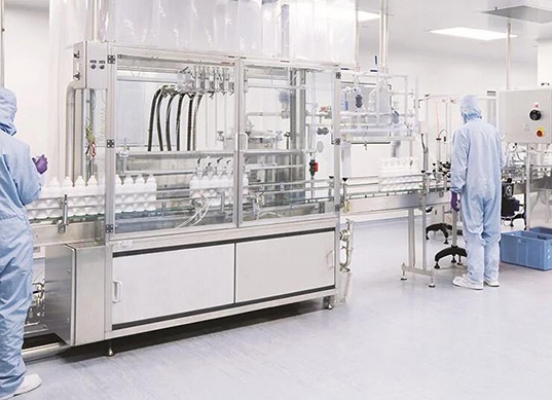Understanding Clean Rooms And Their Classes
The food industry uses a plethora of innovative and high-tech equipment in an effort to preserve and protect all food products. Among this equipment are clean rooms, which are used to prevent any particulate contamination during food processing, and ensure the highest level of quality and safety in all food products.
Clean rooms are essential to providing a secure environment in which food is processed. They control air filtration, which in turn decreases the risk of any contamination or interference with the processing of foods.
Clean rooms are used in many different industries in addition to food processing, including medical, military, aerospace, and computer manufacturing.
Keeping the temperature and humidity levels under control is extremely important in maintaining the quality and integrity of the food products. It also helps to ensure that the chamber itself is void of any corrosion or condensation.
Pressures must also be kept static and over the atmospheric pressure in order to prevent infiltration into the room. New air inputs must be balanced along with the release of air from the room to keep the pressure value maintained.
Classifications of Clean Rooms
Clean rooms are classified by the size and number of particles that they permit per volume of air in a certain amount of time. This depends on the type of High-Efficiency Particulate Air (HEPA) filter they have. All the air that goes into a cleanroom passes through these HEPA filters so that they can trap the bacterial particles in the air.
The lower the class, the cleaner the room is considered to be; the lowest class of cleanroom can filter out particles as small as 0.3 microns. In certain scenarios where strict cleanliness performance is required, Ultra Low Particulate Air (ULPA) filters are used. These filters have a high impact on the level of cleanliness of the rooms.
The following are popular classes of cleanrooms:
Class 100 – The cleanest room on this list; this class is frequently used in labs and hospitals because it is designed to never permit over 100 particles (0.5 microns or bigger) per cubic foot of air.
Class 10,000 – This classification of a cleanroom is the one most commonly used in the food industry and limits particles to 10,000.
Class 100,000 – This class of cleanrooms is designed to limit particulates to 100,000 and is popular in the medical and manufacturing industries.
To know more, please check KLC.

